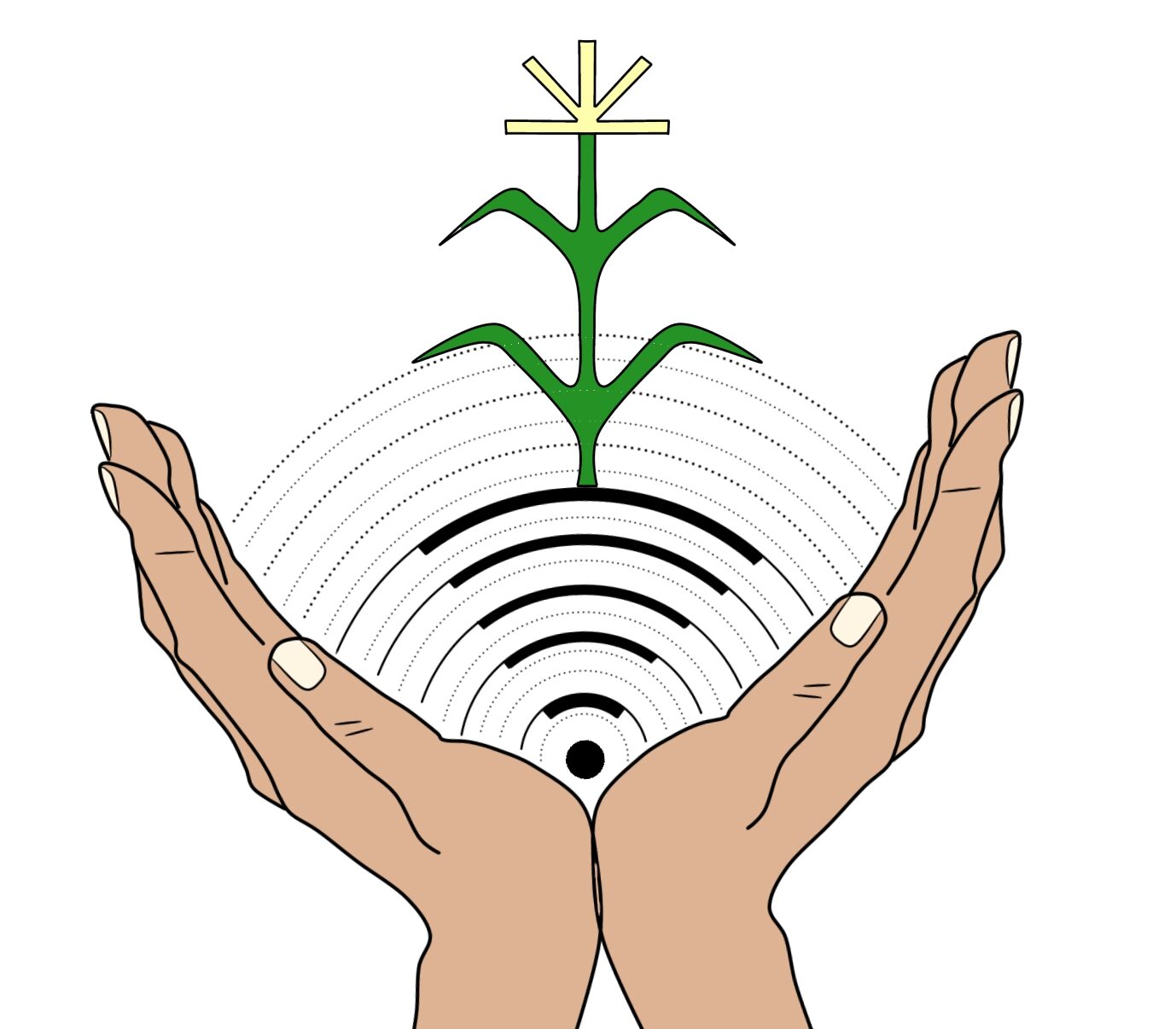Mobile health (mHealth) is playing an increasingly important role in the way that people engage with health care services. mHealth takes advantage of the fact that many people have smartphones and even if they live far away from health care clinics, their smartphone device can function as a portal that allows them to access health care information and services. When our team examined existing mHealth apps designed for behavioral health care, we found that very few attempted to integrate Native American values of resilience into their design. This is an important gap that our team hopes to address with this project–to understand the benefits of designing mHealth apps with Hopi community members to ensure that mHealth services (and users) benefit Hopi strengths and pathways to resilience.
While we have just started working with HOYI, our early work exploring the design of mHealth for behavioral health for Native American youth in Flagstaff has just been accepted for publication. Some of our key findings include:
- Native American community advisors (Hopi and Navajo professionals who work with youth) suggested that the psychological practices of mindfulness were closely aligned with cultural values.
- When considering game-based activities for teaching mindfulness, Native American community advisors preferred that youth would engage in collaborative activities; some youth wanted to engage in competitive activities, but agreed that team games that combined collaboration and competition would be nice to have.
- Native American youth wanted to see explicit connections to their culture in app designs and explanations for the meanings of those connections.
- Native American youth wanted to see explicit teachings about why different mindfulness practices could help develop resilience.
The paper will appear in the April 2021 CSCW issue of the Proceedings of the ACM on Human-Computer Interaction and will be presented at the International ACM Conference on Computer Supported Cooperative Work and Social Computing in October 2021 (we will post a recording of the presentation here). You can access the full paper below:
